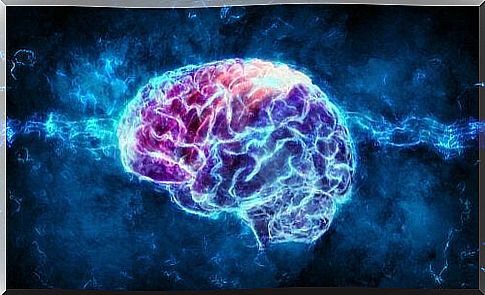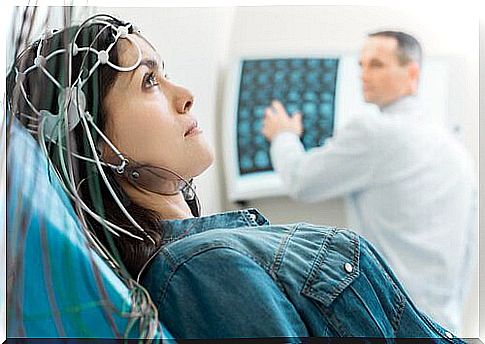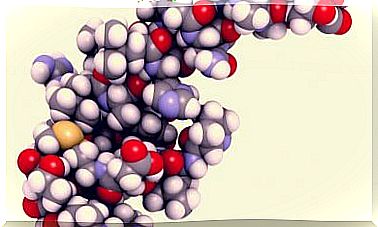What Is Psychophysiology?

Psychophysiology is the branch of psychology related to the physiological basis of psychological processes. It is a discipline of psychobiology and its object of study is the human being. The aim of psychophysiology is to study human behavior and the processes that organize it. More specifically, it is about the study of our somatic and physiological processes.
From its birth in the last third of the 19th century until today, its object of study has remained constant. However, technological progress and the influence of different currents of thought have shaped the way to approach the study of the brain in relation to behavior.
Currently, the brain is studied using techniques from various disciplines. Thus, we can find a relationship between psychophysiology and physiological psychology, neuropsychology, psychoendocrinology, psychoneuroimmunology or the psychobiological area of neuroscience.
Magazines and societies dedicated to psychophysiology
Some magazines responsible for disseminating knowledge from this perspective are:
- Psychophysiology , since 1964
- International Journal of Psychophysiology, since 1983
- Journal of Psychophysiology, since 1987
- Cognitive Neuroscience, since 2010
- Applied psychophysiology and biofeedback , since 1997
- Spanish Society of Psychophysiology and Cognitive and Affective Neuroscience
Some generalities about psychophysiology
As we have already mentioned, the aim of psychophysiology is to study human behavior and the processes that organize it. For this, this discipline makes use of some techniques with which it captures physiological signals. All these captured signals are transformed into electrical signals to be analyzed.
Thus, to obtain the psychophysiological signal, it is first necessary to capture this signal, which can be captured directly, electrically or bioelectrically, or indirectly, bioelectrically. Some of the instruments that can be useful for capturing these signals are the thermistor or photoplethysmograph. Once the physiological signal has been captured and transmitted by the sensors, it can be transformed, amplified, filtered and/or calibrated.
Finally, to obtain the signal, it is necessary to register. This step can be performed on graph paper moved at a constant speed in which the recording is made with oscillographs. This can also be done on computers, when the amplification phase ends. This last process is more dynamic and facilitates signal manipulation.

In order to explain the psychophysiological sign, it is necessary, on the one hand, the analysis and, on the other hand, the interpretation of the sign. Thus, in the psychophysiological signal, the following parameters are analyzed:
- Amplitude.
- Frequency (Hz).
- Wave shape.
- Response latency (ms.).
- Cycle.
- Break.

Basic Record Types
Signal recording can be performed in monopolar or bipolar mode.
- Monopolar (endosomal): One electrode is placed on an active part of the skin, and another on an inactive part. For example, in the electroencephalogram, there is a monopolar recording.
- Bipolar (exosomatic): it is registered by means of two electrodes located in two electrically active points. For example, the electrocardiogram works this way.
Types of psychophysiological response
The psychophysiological response obtained can be in three ways.
- Tonic. It refers to the basal or rest level in activity of a psychophysiological measure, that is, without applying a stimulation.
- Phase. It is the response or level of reactivity to a specific stimulus. These are transient changes at the tonic level.
- Spontaneous or non-specific. These are spontaneous psychophysiological responses. They appear in the absence of a known stimulus and indicate the degree of lability and general activation.
What is analyzed in the psychophysiological response?
From the psychophysiological response, the following are analyzed:
- Activation or arousal : This activation is the release of energy produced in the analyzed individual. This measure relates psychophysiological and behavioral changes.
- Habituation: Interruption or decrease in the amplitude of responses as a consequence of repeated activation.

In addition to what was mentioned above, in psychophysiology it is important to take into account the context of registration. Thus, signal recording can be carried out in the field or in the laboratory. If the registration is carried out in the field, certain variables such as temperature, humidity, light, etc. should be controlled.
In this way, the experimental task will be carried out in several phases. First, prior to the task, it is important to know the characteristics and physiological responses of the analyzed individual. Then, there will be an adaptation phase, followed by a “baseline” recording, a recording in stimulation and a post-stimulation recording.
Finally, we must mention the nature of psychophysiology as a branch in which different disciplines converge. The most immediate consequence of this fact is that much of their knowledge is generated based on what is produced by other sciences. At the same time, the knowledge generated can also be used by other sciences. We are undoubtedly talking about a fascinating discipline.









